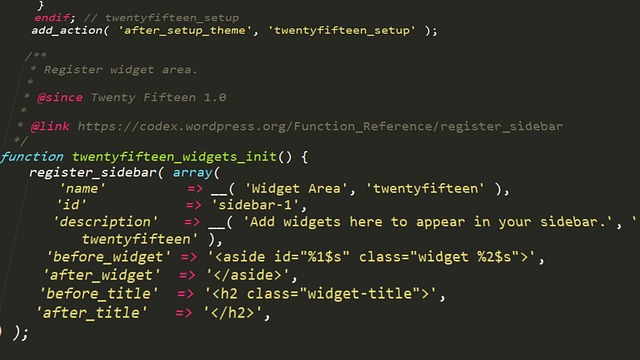Templates are a great asset for web developers, enabling them to create websites and web applications quickly and efficiently, without having to start from scratch. There are three primary types of templates: HTML, CSS, and JavaScript. Let’s take a closer look at each one.
HTML templates give the basic structure and design of a website or web application. This is accomplished through HTML, a language responsible for forming the framework of a web page. HTML templates can be as simple as one page with text and images, or as complicated as a complete web application. HTML templates are often joined with CSS and JavaScript to complete the creation of a website or web application.
CSS templates are used to present the styling and design of a website or web app. CSS, a language used to determine the visual layout of a web page, is the basis of CSS templates. CSS templates can be used to make many types of visuals, from plain two-dimensional designs to more elaborate three-dimensional designs. CSS templates are normally combined with HTML templates to produce a uniform design for a website or web application.
JavaScript templates are used to provide the interactivity and functionality of a website or web application. JavaScript, the language used to add interactive components such as menus, forms, and animations, is utilized to create JavaScript templates. JavaScript templates can be used to create a variety of interactive elements, from simple menus to complex animations. Generally, JavaScript templates are used in combination with HTML and CSS templates to generate a fully functional website or web application.
In closing, templates are a wonderful resource for web developers, enabling them to create websites and web applications quickly and efficiently, without having to start from scratch. There are three primary types of templates: HTML, CSS, and JavaScript. HTML templates give the basic structure and design of a website or web application, while CSS templates are used to present the styling and design of a website or web app. Finally, JavaScript templates provide the interactivity and functionality of a website or web application. Combining these three types of templates is the best way to create a complete website or web application.










